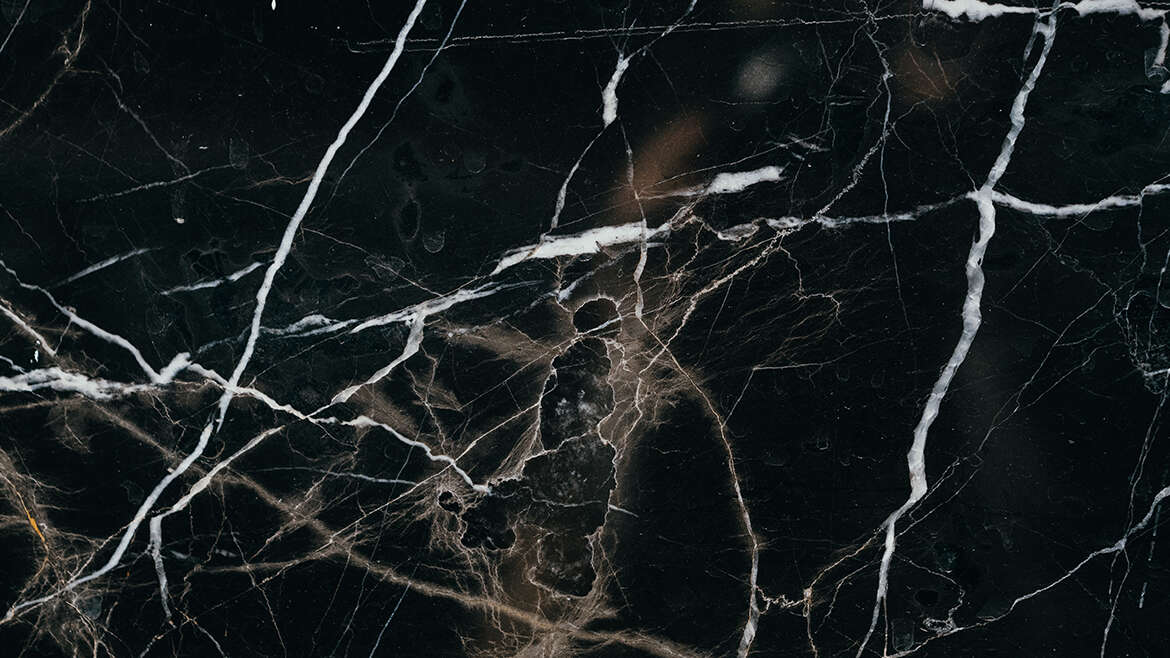Why does the marble stone have rust?
The rust stains on the marble may be attributed either to the impurities in the marble stone itself or to external factors such placing of iron or metal objects on the marble surface. Marble being a natural stone, has impurities in the form of mineral deposits including iron. Over a period of time or even due to exposure to water, the iron in the marble oxidizes and it bleeds through to the surface, leaving a discoloured mark on the stone. These stains can be identified as orange-yellow-brown coloured discoloration on the stone surface. This type of rust is difficult to eradicate and needs the services of a marble restoration professional. Though, there can be no guarantee that the discoloration in the form of rust may not occur again.
On the other hand the rust on the surface of the stone due to a metal object is relatively easy to deal with. Rust stains may also occur due to grout cracks, faulty stone installation, pluming leaks or flooding. On marble flooring, the water can seep through grouts or cracks allowing it to trap underneath the stone surface. The staining will continue to occur as long as the marble is exposed to constant moisture. Before removing the stains from the marble, it is essential to take corrective steps to seal all cracks and joints on the marble. Faulty plumbing should be repaired to seal any leak. Now, let’s discuss how to remove these kinds of rust stains.
Mild Rust Stains
If the rust is new, the removal process will be simple and easy. You will require the following:
- A small bucket of water
- A microfiber cloth/towel
- 100 ml of liquid dish soap
- A soft-bristled brush
Steps to follow
- Pour some water on the stain to make it wet.
- Evenly spread the liquid dish soap over the stain.
- Gently scrub the stain with a soft bristled bush.
- Clean with plain water.
This process can be repeated on the affected stone patch for four to five times to completed remove the stain.
Stubborn Rust Stains
If the stain remains, in spite of following the above procedure, then an application of homemade poultice may be required. For this you will require the following:
- 2 cups of baking soda
- 1 cup of hydrogen peroxide
- Plastic cling wrap
Steps to follow
- Add one cup of hydrogen peroxide into a mixing bowl.
- Mix the baking soda with hydrogen peroxide using a wooden spatula.
- The consistency of the marble poultice should be that of peanut butter or frosting.
- Spread a generous amount of the marble poultice onto the rust stains.
- Cover the stain with a plastic cling wrap to keep the marble poultice intact and moist.
- Leave the poultice to work on the rust stains for 24 to 48 hours, depending on how old the rust stain is. Give it enough time and don’t rush the process, as the poultice should dry up completely.
- After the 24 to 48 hour mark, remove the plastic wrap and check if the stain has dissolved.
- If the rust stains are still present, the process may be repeated.
- When you are satisfied that the rust stains have completely come off, wash with the area with soap and water.
If the stain does not come off even after the six to seven attempts, you will call in professional help as it may be too deep to remove it. But if the stain does become light, then keep applying the poultice and it will draw out the stain. You may notice some etching on the surface due to this process, unfortunately, that is the part of the process and cannot be helped. The way only out will be to polish the marble.

